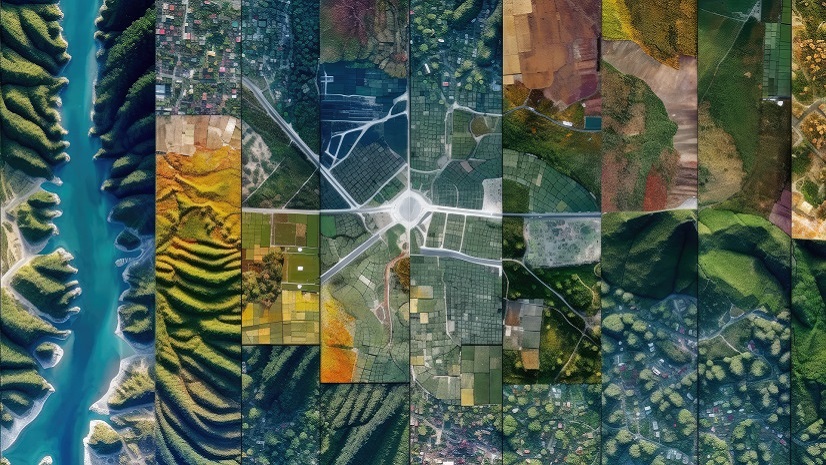“Your map didn’t work. It was wrong”
Throughout my career in telecommunications, I’ve witnessed – and heard – the impact of inadequate data management, outdated and time-consuming workflows, siloed information availability, and general lack of understanding before acting. Whether it was late night outage calls, meetings with department heads for project review, as-built submissions with design changes due to ‘the design provided didn’t work. It was different in the field’, or inaccurate customer information. All issues impacted employees and customers alike, and often led to revenue loss. In most scenarios, no one involved in any given situation was purposely trying to cause struggle, the legacy resources being used simply didn’t allow for better interaction.
Looking back, the desire and need for centralizing data and information into a singular, definitive, source of truth has been a goal of every service provider. I personally have been involved in countless projects associated with working to achieve better network and data management. This was primarily driven by the capabilities of their legacy tools, however the overall impact involved in migration and new tools often caused fear of necessary change or budget request denial.
That is not the case today. It is much easier, and significantly more cost effective, to take on digital transformation and change how organizations get the job done. We can simplify the tools our teams leverage, streamline the customer journey, improve organizational collaboration and decision-making, and deliver robust, enterprise-grade resources for awareness and understanding throughout our organizations.
In a recent customer spotlight story from 3-GIS, by SSP Innovations, they spoke about how the Oman Broadband Company is leading the transformation of broadband in the Middle East. Oman Broadband Company, majority owned by the Government of the Sultanate of Oman, empowers its communities and businesses with low cost, high-speed internet services through the latest fiber broadband technologies.
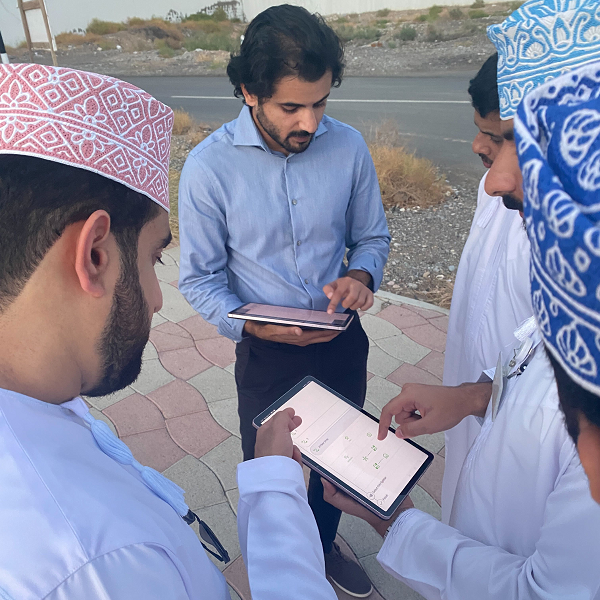
About Oman Broadband
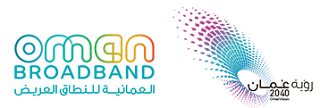
Oman Broadband is a joint-stock government company founded in 2014, and is part of ITHCA Group which is affiliated with Oman Investment Authority.
Unlocking the potential for greater connectivity and productivity, while enabling the knowledge economy, the role of Oman Broadband is vital for transforming the nation’s online experience. Through its collaborative approach, Oman Broadband is working to empower the nation by rolling out high-speed broadband infrastructure, benefitting citizens and businesses alike. The Company aims to deliver maximum national coverage in line with the Digital Oman strategy, e-government and Oman Vision 2040.
The next generation broadband infrastructure network will deliver an exponentially faster and broader online experience, bringing benefits to society and the business sector with an enhanced delivery of communication services, cost savings, increased competitiveness and improved sustainability.
The Oman Broadband are unlocking the potential for Oman to become an increasingly connected nation, supporting the growth of the online economy, allowing new ways of doing business and boosting the rapidly growing SME sector.
Oman Broadband is focused upon the deployment of a broadband infrastructure, providing equal and open access to telecommunication service providers on a wholesale basis, enabling end users to efficiently leverage high speed fiber connectivity in Oman.
As of December 2023, Oman Broadband has expanded its fiber coverage to 744,312 premises and 265,970 subscribers. Additionally, movable assets have grown to over OMR 276 million from the company’s establishment in 2014 through the end of September 2023.
- Homes passed: 744,312
- Active subscribers: 265,970
- Take-up percentage: 35.7%
The challenge
As the leading provider of broadband services in the country, covering 52% of urban regions in Oman, Oman Broadband is working to maximize coverage in rural communities and provide high-speed internet to 95% of urban premises by 2030–enabling wide-spread economic benefits.
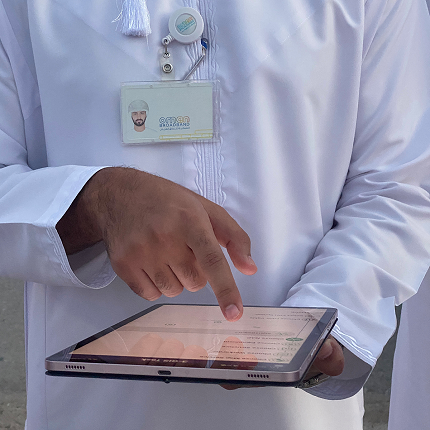
The problem
Recognizing that outdated network management technology would put their timeline in jeopardy and given the rapid expansion of FTTx network and the support and maintenance of the legacy system will be expired, Oman Broadband needed to move swiftly to overhaul and modernize processes, enabling the service provider to increase deployment velocity.
The solution
As a continued commitment to provide reliable, high-quality service, Oman Broadband selected 3-GIS as a partner, becoming the first service provider in the region to replace legacy network management software.
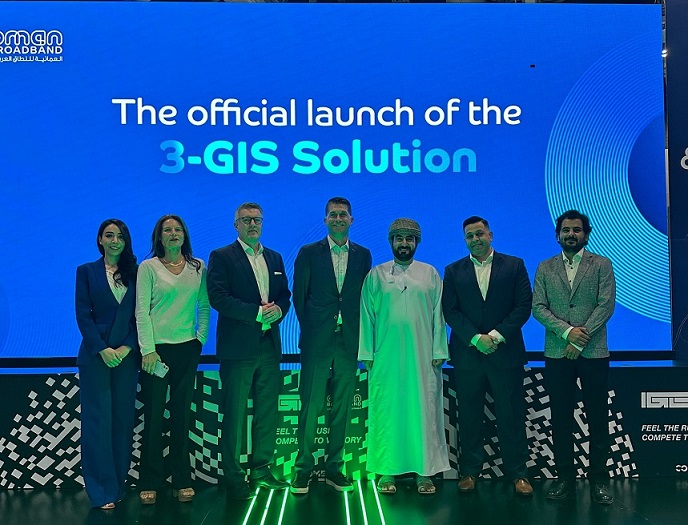
By moving to 3-GIS Solution
Oman Broadband can leverage a modern, fully supported software as a service for telecom network design and management, capable of seamless integration with Esri’s GIS ecosystem to:

- More easily utilize legacy data when making strategic decisions
- Create constructable fiber network designs
- Document all telecom network assets in a single system
- Seamlessly access network data from the field
- Streamlined and automated the entire GIS workflow.
- Quickly train staff from anywhere and at anytime
In Summary
Organizations worldwide are seeking opportunities to improve operations, deliver comprehensive network management, gain situational awareness, and create real-time collaboration and understanding. Learn more about how Esri products and resources, along with our partner network, is delivering what service providers need.
Special Thanks
Thank you, Oman Broadband, for your exceptional collaboration and dedication to advancing GIS technology in telecommunications. Your innovative efforts in delivering high-speed internet services and transforming network management are truly commendable.
- Sultan Ahmed Al-Wahaibi, CEO of Oman Broadband
- Khalfan Al Amri, GM of Network Planning And Technology Department
- Mohammed Al Maktoumi, Lead of GIS Department
Resources
Learn more about 3-GIS by SSP Innovations: www.3-GIS.com
Learn more about Esri in Telecommunications: www.esri.com/telecom


